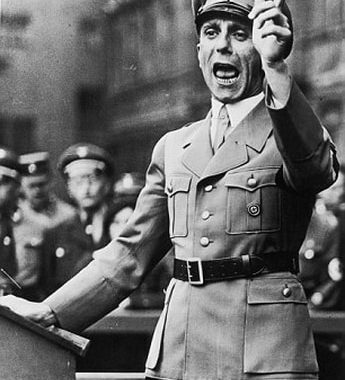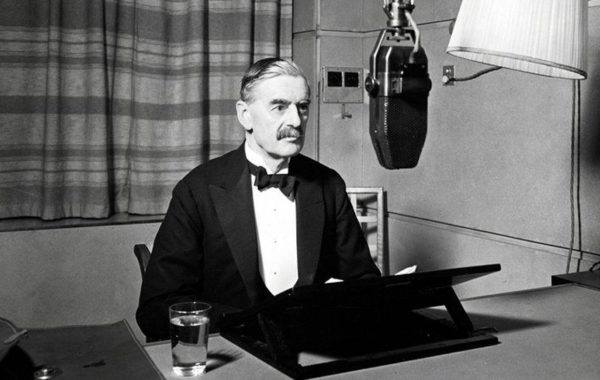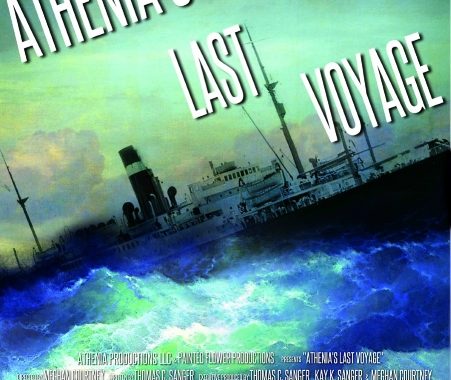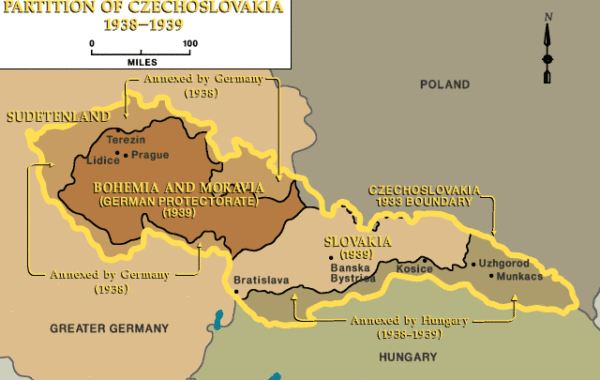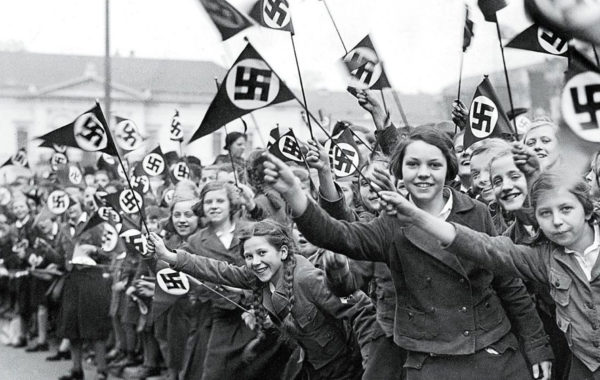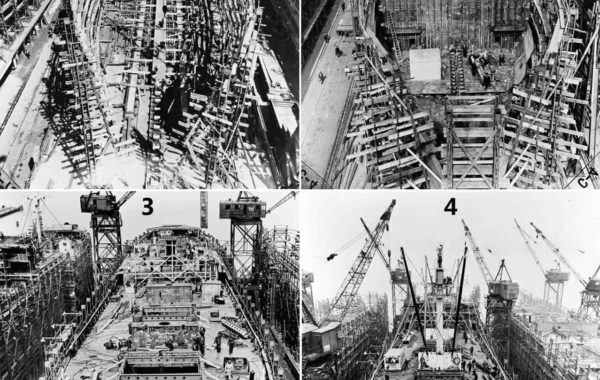At the dawn of the 20th century, many of the world’s nations saw warfare as an acceptable alternative to diplomacy. In the prior three centuries, similarly equipped armies faced each other on clearly defined battlefields to determine the outcome of differences that eluded negotiated settlements. Inevitably these wars led to the deaths of innocent civilians who were unable or unwilling to leave their homes or livelihoods before the battles played out. Over this three hundred-year period, the ratio of civilian to military deaths was roughly 1:1.
World War I involved hostilities on a massive scale, including more than two dozen nations, and introduced the airplane and submarine as weapons of growing strategic importance. Yet by the war’s end in 1918, the number of civilian deaths (10 million) compared with military deaths (9.7 million) maintained the historic ratio.
All of this was about to change, however, as the attack on the passenger ship Athenia foreshadowed at the start of World War II.
With the war less than nine hours old, a Nazi U-boat torpedoed Athenia, leading to the deaths of 112 innocent men, women, and children. By the time World War II ended five-and-a-half years later, civilian deaths totaled approximately 45 million, while military deaths were estimated at 15 million, a 3:1 ratio.
What accounted for the rising civilian toll? The mechanized speed of war meant civilians had little time to escape the onslaught. Battlefields expanded in size and scope to encompass huge populations in Europe and Asia. The populace of large urban centers – London, Tokyo, Berlin, Stalingrad – became targets of aerial bombing campaigns as each side sought to break the will of the other. And ethnic cleansing, particularly in Nazi death camps, killed innocents on an industrial scale.
Civilian encounters with bombs, bullets, and mines weren’t the only reasons for casualties. Many more died because destroyed infrastructure caused interruption of food supplies, leading to malnutrition and starvation. Destruction of local economies wiped out livelihoods and made people homeless and more vulnerable to exposure and disease. The lingering effects of these conditions meant civilians continued to die for months or even years after the shooting stopped.
Sadly, the ratio of civilian to military deaths has only grown worse in the conflicts that have followed World War II.
Nations build monuments to honor and remember their soldiers who make the ultimate sacrifice. Yet there are very few monuments to the millions of civilians who die in these same wars. Like the victims of the Athenia tragedy, they are soon forgotten.
But we must not forget them; their deaths are part of the true cost of war and should remind us to see such conflicts only as a last resort.



